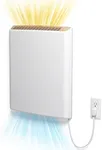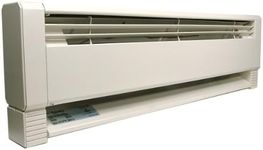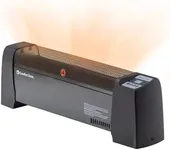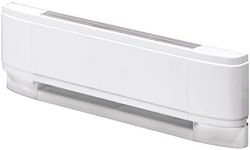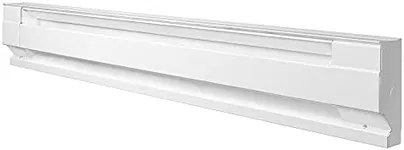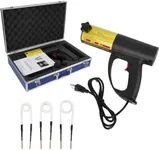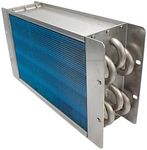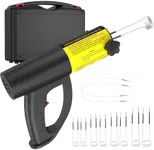Buying Guide for the Best Most Efficient Baseboard Heater
Choosing the most efficient baseboard heater involves understanding your heating needs and the specific features that will best meet those needs. Baseboard heaters are a popular choice for supplemental heating or for heating individual rooms. They are generally easy to install and can be a cost-effective way to maintain a comfortable temperature in your home. To make an informed decision, you should consider several key specifications that will impact the heater's performance, efficiency, and suitability for your space.WattageWattage measures the power output of the heater and is a crucial factor in determining how much heat the unit can produce. Higher wattage means more heat, but also more energy consumption. Baseboard heaters typically range from 500 to 2000 watts. For small rooms or supplemental heating, a lower wattage (500-1000 watts) may be sufficient. For larger rooms or primary heating, you might need a higher wattage (1500-2000 watts). Consider the size of the room and the level of insulation when choosing the wattage.
Thermostat TypeThe thermostat controls the temperature of the heater. There are two main types: built-in and wall-mounted. Built-in thermostats are convenient and easy to use, but they may not be as accurate as wall-mounted thermostats, which can provide more precise temperature control. If you want more control over the room temperature and potentially better energy efficiency, a wall-mounted thermostat might be the better choice. For simplicity and ease of installation, a built-in thermostat could be sufficient.
Heating ElementThe heating element is the component that generates heat. There are two main types: electric resistance and hydronic. Electric resistance heaters are more common and heat up quickly, but they can be less efficient over time. Hydronic heaters use a liquid (usually water or oil) to retain heat longer, providing more consistent and efficient heating. If you need quick heat and are okay with potentially higher energy use, electric resistance might be suitable. For more consistent and efficient heating, consider a hydronic model.
Length of the HeaterThe length of the baseboard heater affects its heat distribution. Longer heaters can distribute heat more evenly across a room, while shorter heaters may create hot spots. Baseboard heaters typically range from 2 to 8 feet in length. For larger rooms, a longer heater (6-8 feet) can provide more even heating. For smaller rooms or spaces with limited wall space, a shorter heater (2-4 feet) might be more appropriate. Measure your room and consider the layout to determine the best length for your needs.
Safety FeaturesSafety features are important to prevent accidents and ensure safe operation. Look for features such as overheat protection, which automatically shuts off the heater if it gets too hot, and tip-over protection, which turns off the heater if it is knocked over. These features are especially important if you have children or pets. Choose a heater with robust safety features to ensure peace of mind and safe operation in your home.
Energy EfficiencyEnergy efficiency measures how effectively the heater converts energy into heat. More efficient heaters will use less electricity to produce the same amount of heat, saving you money on your energy bills. Look for heaters with energy-saving features such as programmable thermostats, which allow you to set specific temperatures for different times of the day, and eco modes, which optimize energy use. If reducing energy consumption and costs is a priority, focus on models with high energy efficiency ratings and features.

